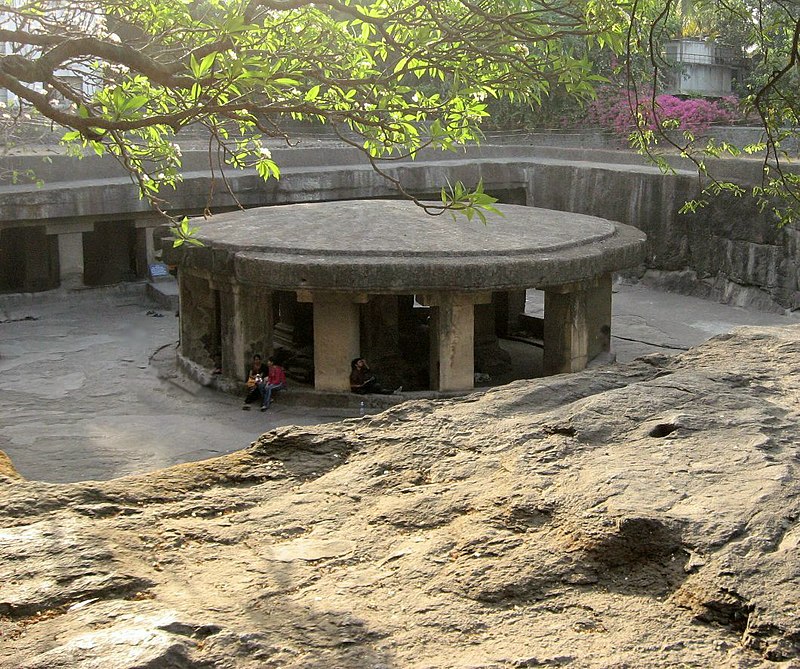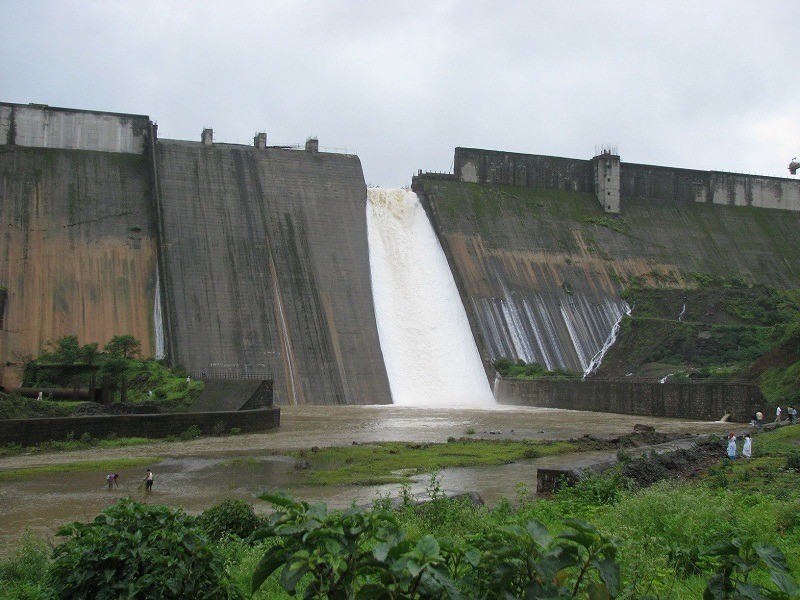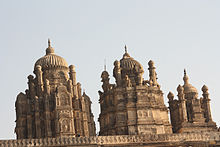When it comes to tourism in Maharashtra, places like Mumbai, Pune, and Aurangabad often steal the spotlight. But tucked away in the heart of the state lies Buldhana district — an unassuming region brimming with natural wonders, spiritual sanctuaries, and rich history. Whether you're a nature lover, a history buff, or a spiritual seeker, Buldhana offers a unique and serene escape from the usual tourist circuits.
🌌 1. Lonar Lake: Earth's Martian Twin
The star attraction of Buldhana is undoubtedly Lonar Lake, one of the most scientifically intriguing sites in the world. Formed over 50,000 years ago by a meteor impact, this lake is the only saltwater crater lake in basaltic rock on Earth — a phenomenon otherwise only found on Mars or the Moon!
Surrounded by lush greenery, ancient temples, and local legends, Lonar is a paradise for geologists, photographers, and spiritual wanderers alike. Don’t forget to visit the Daitya Sudan Temple, a beautiful Hemadpanthi-style temple located near the lake, which adds a mystical charm to the experience.
🛕 2. Shegaon: The Spiritual Heartbeat of Buldhana
Just a few kilometers from Buldhana town is Shegaon, home to the revered Shri Gajanan Maharaj Temple. Known as the "Pandharpur of Vidarbha," Shegaon draws thousands of devotees daily. The temple complex is beautifully maintained, offering peace, faith, and a glimpse into Maharashtra’s deep-rooted spiritual culture.
Adjacent to the temple is the Anand Sagar Project, a spiritual-cum-recreational park complete with gardens, water bodies, and children's attractions — making it a perfect destination for families.
🏰 3. Sindkhed Raja: Birthplace of a Queen Mother
History enthusiasts will be thrilled to explore Sindkhed Raja, the birthplace of Rajmata Jijabai, mother of Chhatrapati Shivaji Maharaj. The town preserves the legacy of this strong and visionary woman through ancient structures like Jijamata Palace, which still echoes stories of valor and motherly strength.
It’s a must-visit for anyone passionate about Maratha history and the roots of Maharashtra’s cultural identity.
🌿 4. Dnyanganga Wildlife Sanctuary: Nature’s Hideout
Nestled between rivers and hills, the Dnyanganga Wildlife Sanctuary is a lesser-known but deeply rewarding destination. Spread over lush green terrain, it’s home to species like leopards, nilgai, wild boars, and a wide variety of birds.
Ideal for a weekend getaway or an adventurous trek, this sanctuary offers visitors a chance to connect with nature and experience Maharashtra’s quieter, greener side.
🏛 5. Mehkar and Khamgaon: Culture in Every Corner
The town of Mehkar holds historical significance with its temples and fort remnants, offering a peek into ancient architecture and traditions. Meanwhile, Khamgaon, known as the “Silver City,” is a vibrant hub for traditional crafts, silver trade, and authentic Maharashtrian food.
If you're looking to experience local culture, these towns offer an unfiltered, warm, and authentic welcome.
✨ Why Buldhana Should Be on Your Travel Bucket List
Buldhana is not just a district; it’s an experience — of science, spirituality, and heritage, wrapped in serene landscapes and untold stories. Unlike crowded tourist hotspots, Buldhana promises a soulful journey and moments of quiet discovery. Whether you're watching the sun dip over Lonar Lake or walking through the corridors of Sindkhed Raja, you’ll leave with more than memories — you'll leave with a deeper appreciation of India’s hidden wonders.
So next time you’re planning a trip in Maharashtra, skip the mainstream and take the road less traveled. Buldhana is waiting to be explored.








